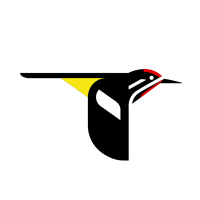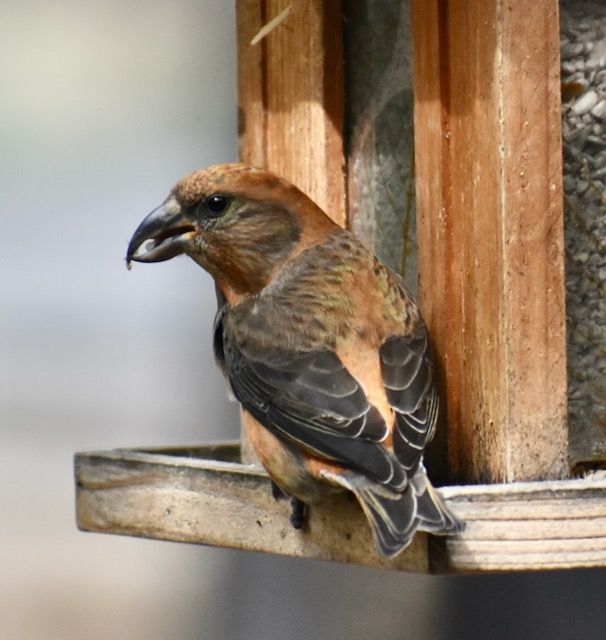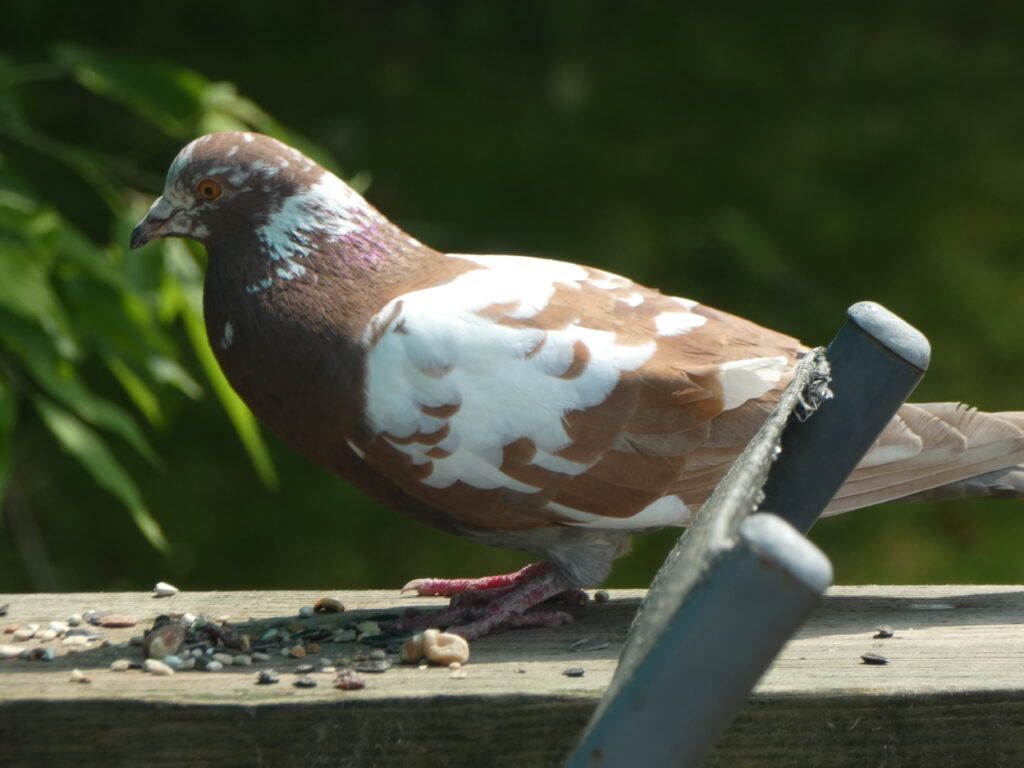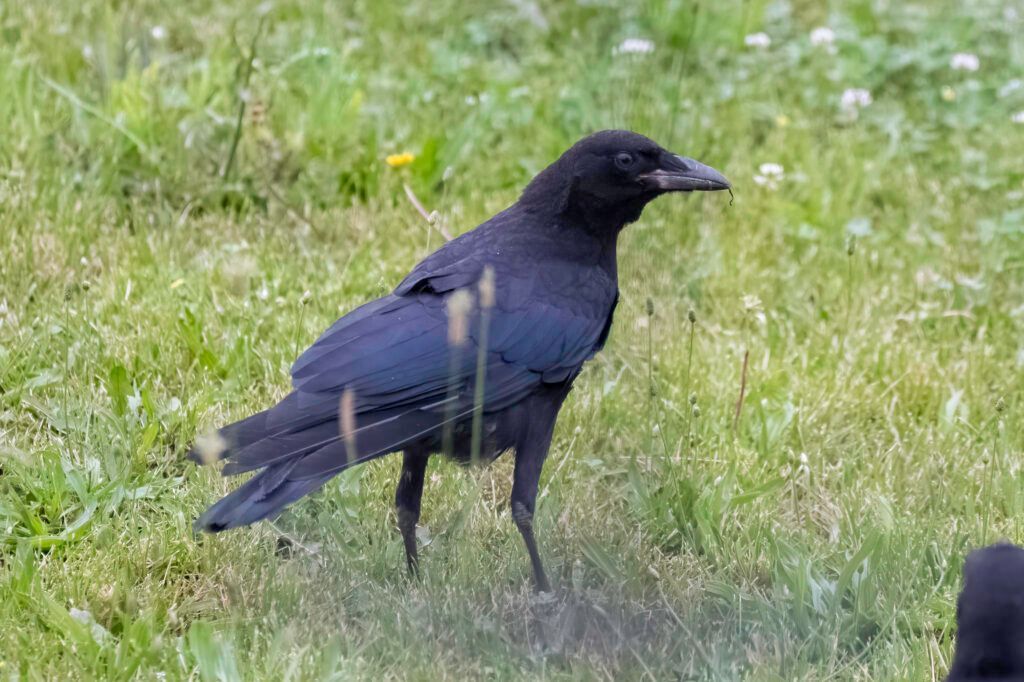
Project FeederWatch
@feederwatch
Project FeederWatch is operated by the Cornell Lab of Ornithology & Birds Canada. Count feeder birds for science! Banner: macaulaylibrary.org/asset/5817
ID: 181994142
https://feederwatch.org/ 23-08-2010 15:29:27
2,2K Tweet
5,5K Followers
83 Following




























